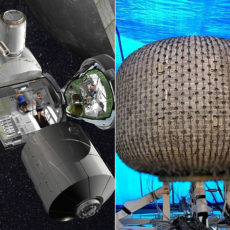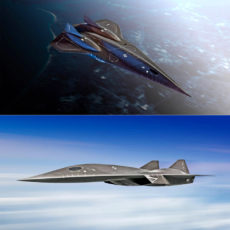
Lockheed Martin x NASA’s X-59 QuessT (Quiet SuperSonic Technology) experimental aircraft is scheduled for its first flight in 2024. This delay is due to extra time needed to fully integrate systems into the aircraft and ensure they work together as expected.
Engineers are also working on solving intermittent issues with some of the safety-redundant computers that control the aircraft’s systems. What sets X-59 apart from aircraft like the Concorde is its ability to fly supersonic, or faster than the speed of sound, while reducing the normally loud sonic boom to a quiet thump.
- 4 connectible, space-themed 3D postcards (21340) – Tell Tales of the Space Age in LEGO style with these buildable postcard models, inspired by 1980s...
- Original designs – Build colorful images of an observatory for viewing comets and shooting stars, a moon base and lunar eclipse, a space shuttle and...
- Recreate different constellations – The pink/purple postcard features stars that can be arranged to mirror the Ursa Major, Cepheus, Ursa Minor or...

Photo credit: Lockheed Martin Photography | Garry Tice
Quesst is a mission with the potential to revolutionize commercial aviation travel by dramatically reducing travel time. Safely and reliably flying the X-59 is critical for NASA to achieve those benefits. The agency is committed to a thorough review and testing process that results in the success of that mission,” said Robert Margetta, Public Affairs Specialist at NASA.










